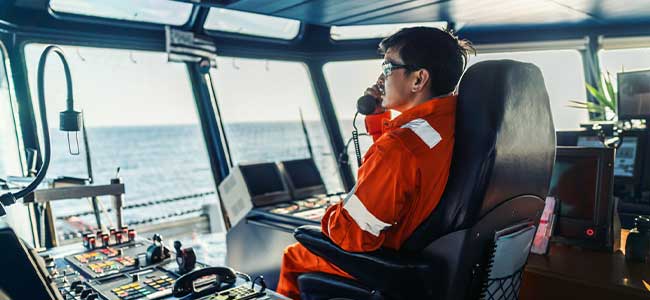
This meeting will take place on May 24, and the MACOSH Shipyard and Longshoring Workgroups will meet on May 23.

Amazon’s fourth citation this year carries a proposed penalty of $15,625.
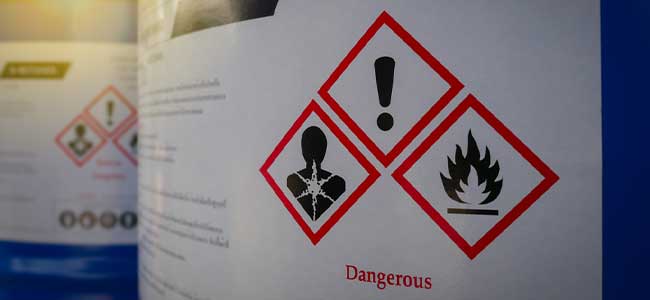
In some occupations, working with toxic substances and chemicals is required, so what can be done to keep employees and the worksite safe?

Poor mental health might be your workplace’s most overlooked health and safety hazard.

What should be included in an operational readiness model?
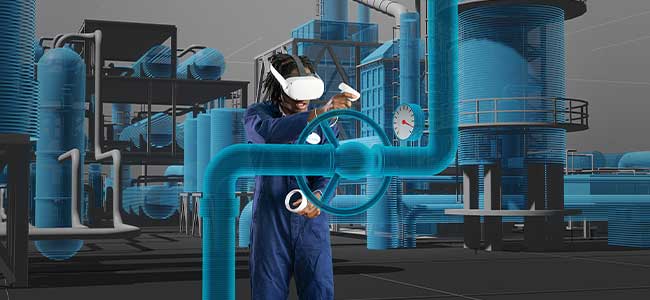
Immersive field simulation takes a whole new approach to help plant workers conduct safety training for working in confined spaces.

Located for the first time in Phoenix, this year’s May 22-24 AIHce EXP Conference and Exposition from AIHA will serve up a solid slate of educational sessions and opportunities to meet with vendors.

Looking to increase employee compliance and comfort? It might be time to leave your “no-choice” program in the past.
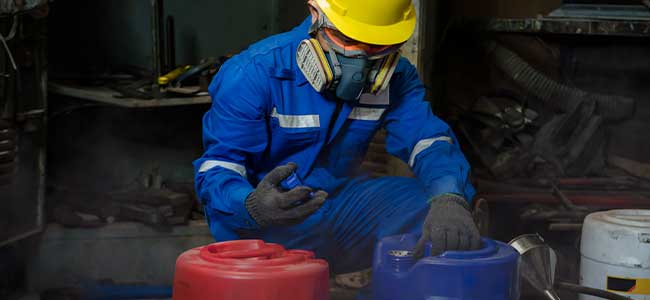
These reusable and cost-effective masks have been used by workers for years.
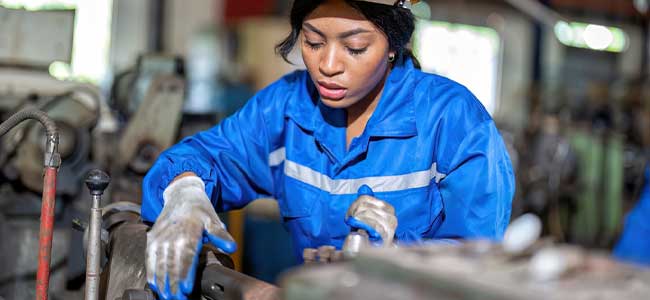
Workers face a wide variety of occupational hazards. Fortunately, there are ways to mitigate them.

Don’t forget to involve your team in the process.
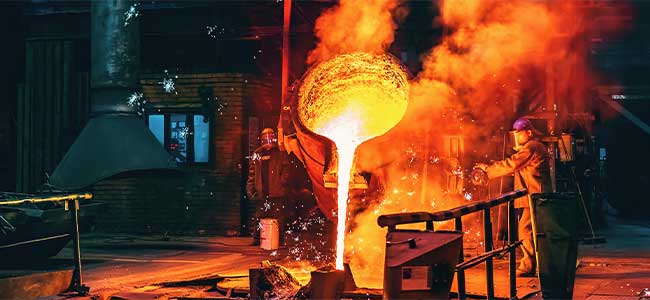
Employees face new hazards during the hotter months, but luckily, there are ways to ensure they stay healthy and safe.
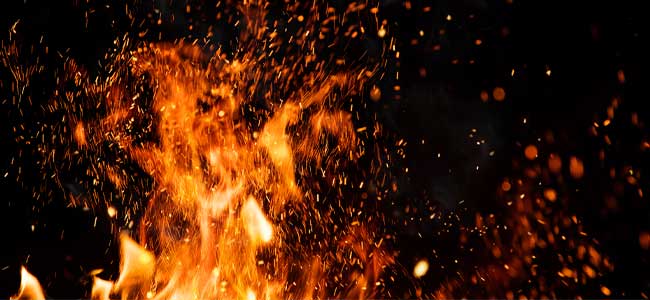
Combustible dust incidents have drawn OSHA and the NFPA’s attention. How can employers keep up with regulations and ensure worker and facility safety?

Now in its third year, the annual awards program recognizes companies for their outstanding achievements in industrial hygiene.

Moving from traditional systems to newer software can lead to improvements in engagement and support.

Speakers for this year’s keynotes include a songwriter and an Army veteran and Paralympic medalist.

The meeting will take place on May 31, 2023.